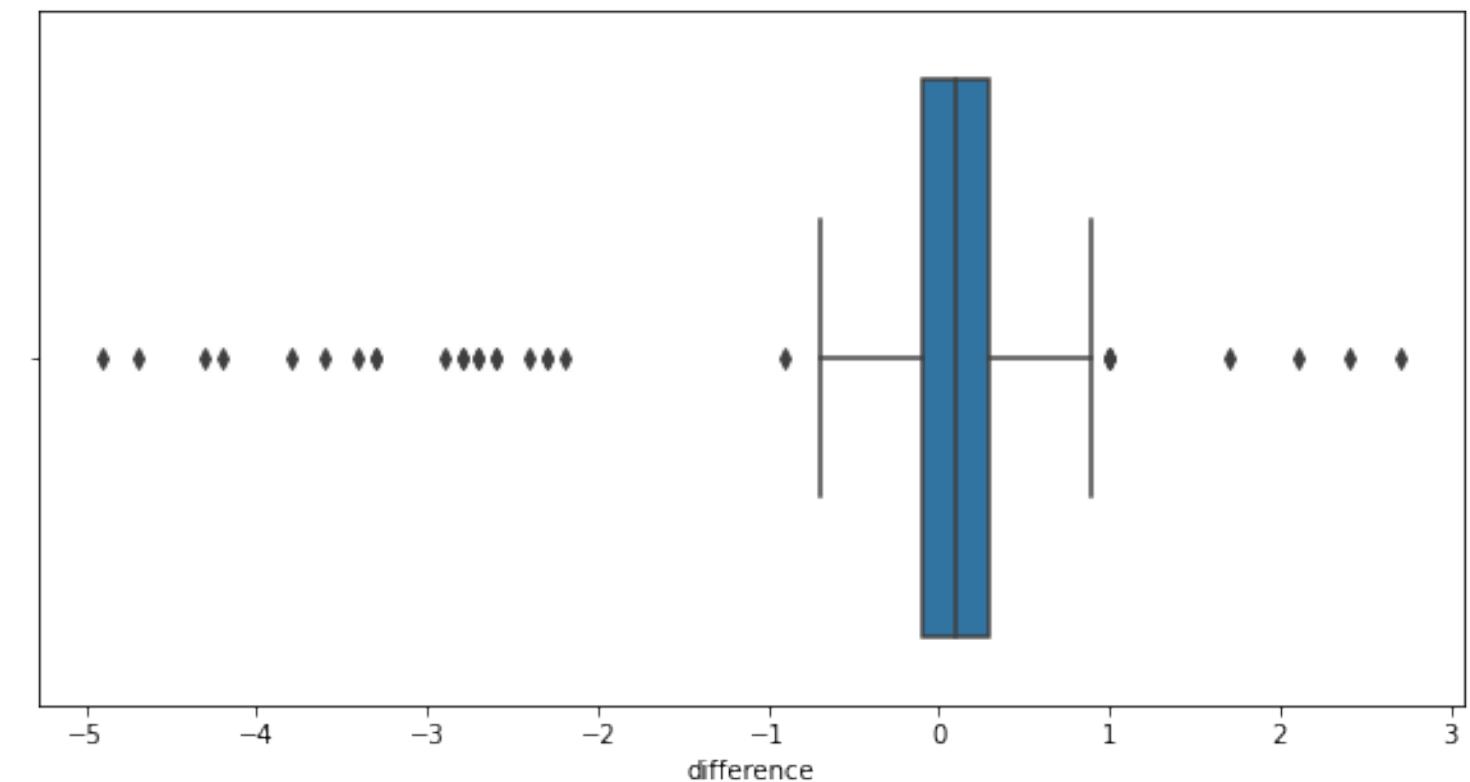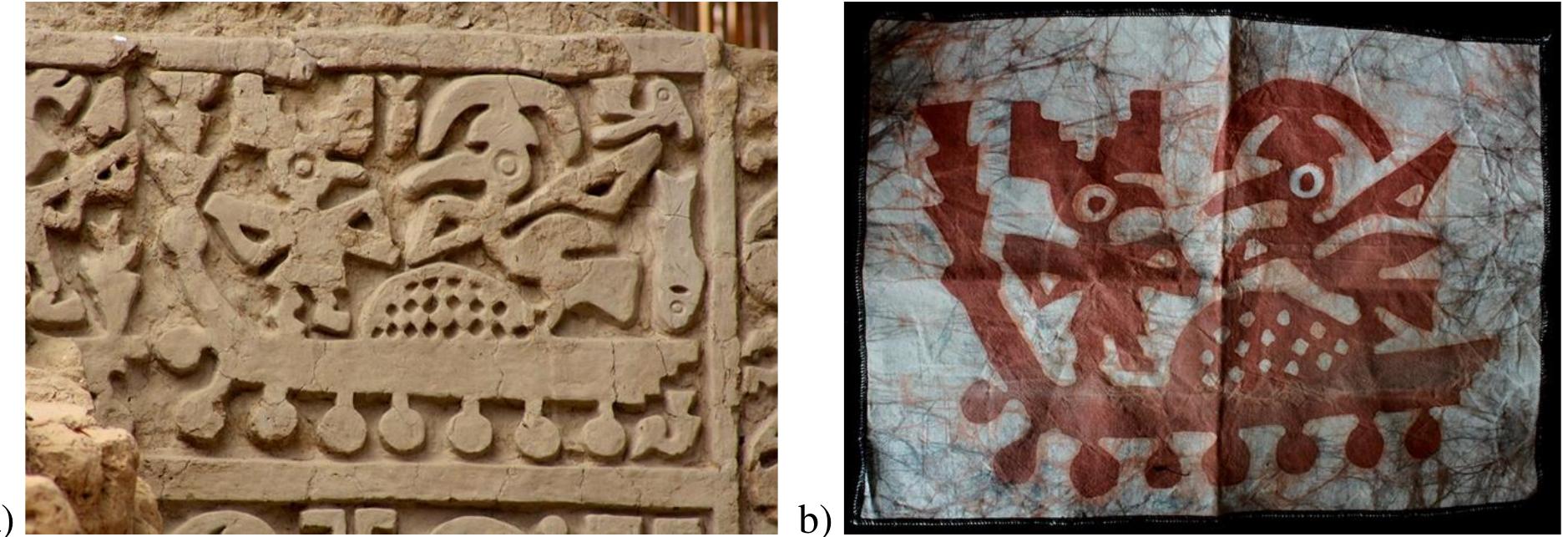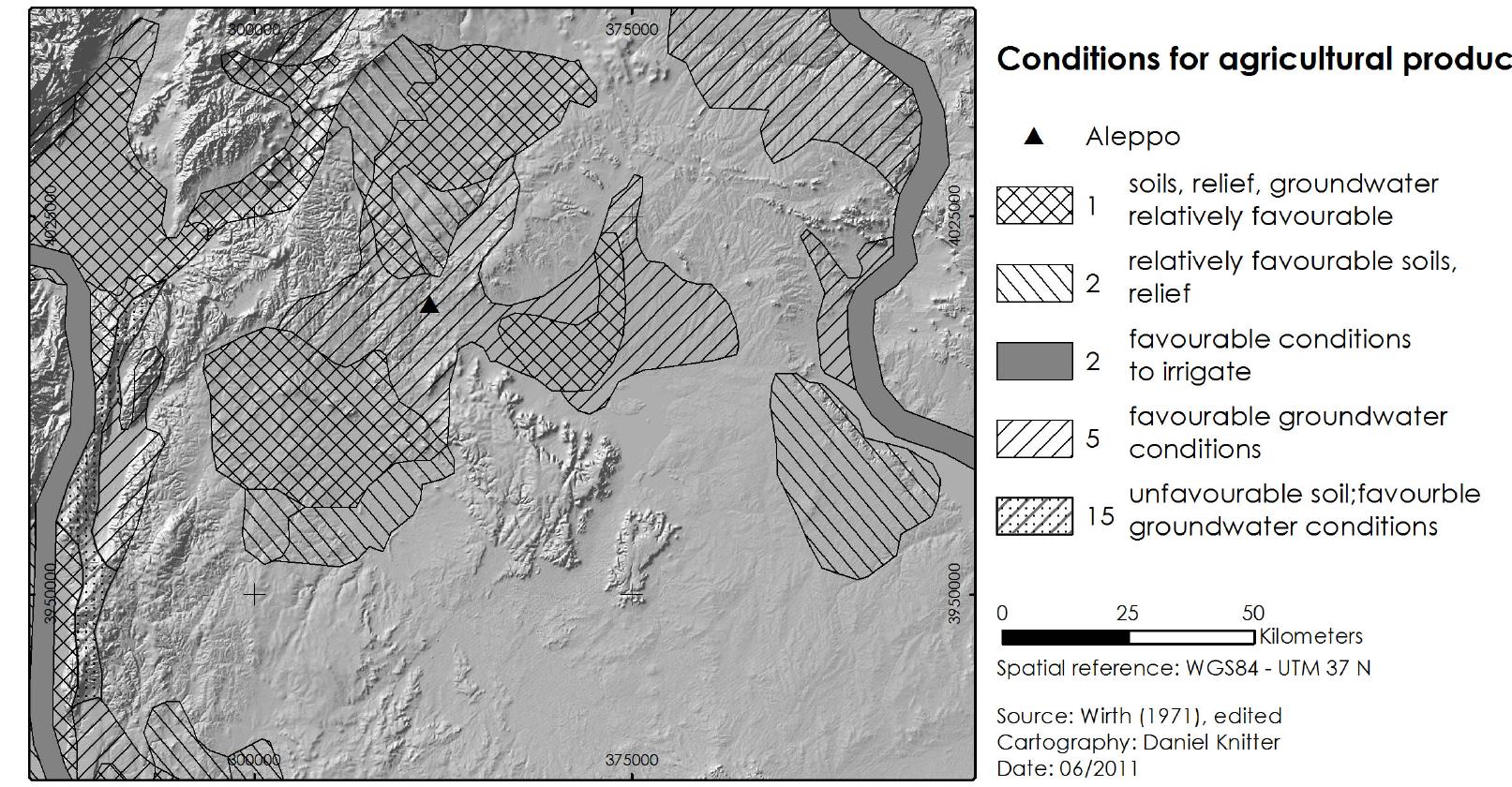Key research themes
1. How can geophysical and geomatic quantitative methods optimize non-invasive archaeological site detection and documentation?
This research area focuses on the application, optimization, and integration of diverse geophysical and geomatic techniques—such as electrical resistivity tomography, magnetometry, ground penetrating radar (GPR), terrestrial and aerial LiDAR, photogrammetry, and standardized pricking probe surveying—to non-invasively detect, document, and monitor archaeological sites and cultural heritage. These methods provide cost-effective, precise, and non-destructive alternatives to excavation by enabling spatially explicit characterization of subsurface features and artifact distributions. Integrating multiple techniques enhances interpretative reliability and enables multitemporal, multiscale analyses critical for archaeological understanding and conservation.
2. What are the quantitative sampling and statistical challenges in archaeological field survey and artifact quantification, and how can these be addressed?
This theme addresses methodological concerns and developments in representative sampling, quantification, and statistical modeling in archaeological field surveys. It explores issues of bias due to artifact breakage, sampling design decline, and the relationship between sampled data and underlying populations. By integrating statistical reasoning, new sampling protocols, and quantitative assessments of artifact distributions, this research area aims to improve the reliability and representativeness of archaeological inferences drawn from surface collections and excavations.
3. How are advanced computational and data science methods, including machine learning and artificial intelligence, transforming archaeological ceramic analysis from documentation to reconstruction?
Focused on leveraging computational advances, this research theme explores the incorporation of machine learning (ML), deep learning (DL), and generative AI for archaeological pottery analysis. It covers automated drawing generation, quantitative shape standardization, vessel reconstruction from fragments, and data science-driven morphological and contextual analyses. These technologies expedite laborious documentation steps, enable scalable quantitative investigations, and offer new possibilities to reconstruct fragmented materials, aligning archaeological practice with cutting-edge AI and big data methodologies.












































































































































































